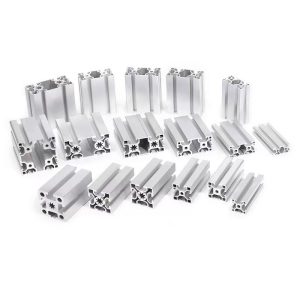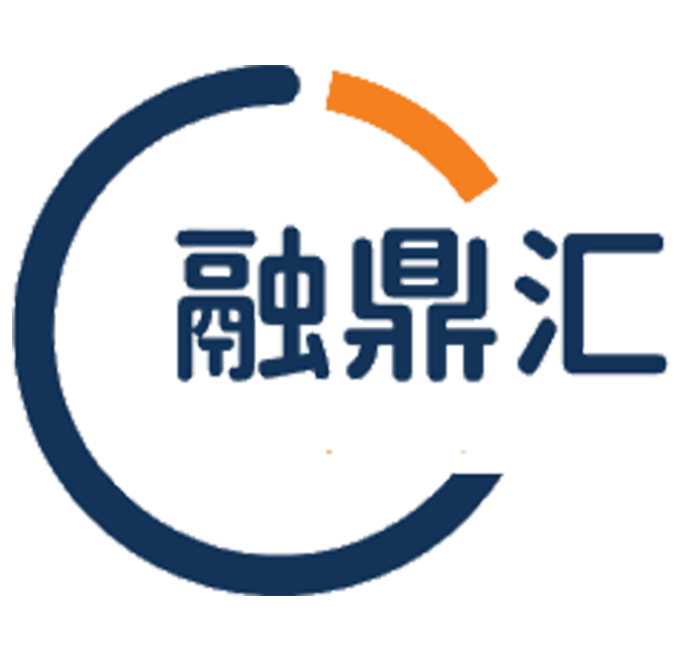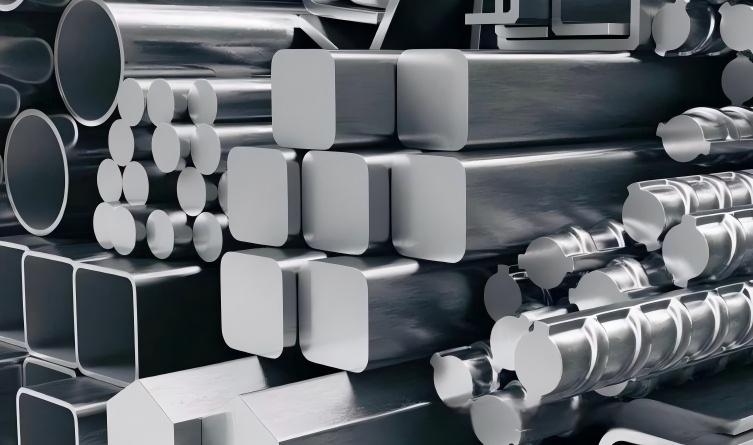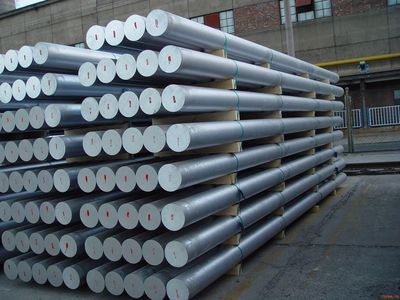Beautiful Plants For Your Interior

- Industrial Profile
1、Definition:
Depending on the processing technology, aluminum processing products can be divided into two major categories: one is aluminum profiles produced by the casting-extrusion process; the other is aluminum sheets, strips and foils produced by the hot rolling-cold rolling process. Among them, aluminum profiles are mainly used in the construction and industrial fields, while aluminum sheets, strips and foils are mainly used in the home appliance, food and beverage, and battery fields.
2、Industry Chain Analysis: Midstream Products Include Aluminum Profiles and Aluminum Sheet Foils
The direct upstream of the aluminum processing industry is the production sectors of electrolytic aluminum and recycled aluminum. Currently, although the recycled aluminum industry in China has developed rapidly, it still lags far behind that of developed countries. In the context of global carbon neutrality, recycled aluminum may receive policy support. The midstream of the industry is the production of aluminum processing products, which mainly include aluminum profiles and aluminum sheet, foil. The downstream of the industry is the application of aluminum processing products, covering fields such as architectural decoration, packaging containers, aerospace, transportation, etc.
At present, the direct upstream of aluminum processing in China is still dominated by electrolytic aluminum, with major enterprises including Nan Shan Aluminum, China Aluminum, Yun Aluminum Co., and Xinjiang Zhonghe. There are also many midstream enterprises, such as Ming Tai Aluminum, Asia Technology, Rouspskin, Minfa Aluminum, and Chang Aluminum Co., etc. Meanwhile, some of the upstream enterprises, such as Nan Shan Aluminum, Yun Aluminum Co., and Xinjiang Zhonghe, have also established their presence in the aluminum processing industry.
- Industry development history: New growth points emerge in the industry
Since 1954, China’s aluminum processing industry officially began to develop. Although it started relatively late, it has developed rapidly, and the output of aluminum processing products has been increasing year by year. In 2001, China’s electrolytic aluminum production capacity surpassed that of the United States. As of now, China has become the world’s largest aluminum industry country in terms of production capacity. In 2020, the new energy vehicle industry exploded, and the speed of battery energy density improvement still could not meet market demands. The quality and strength of aluminum-based materials need more market recognition. The demand for lightweighting has driven new growth points in the aluminum processing industry.
- Industry policy background: Supporting the advancement of aluminum processing towards higher-end levels
Entering the 21st century, multiple departments including the National Development and Reform Commission, the State Council, the Ministry of Science and Technology, and the Ministry of Industry and Information Technology have issued a series of policies and regulations to promote the healthy and rapid development of the domestic aluminum processing industry. The relevant policies and regulations
- Current state of industry development
1、Current supply situation
According to the data disclosed by the China Nonferrous Metal Processing Industry Association and Antaike, the output of aluminum processing products in China has been increasing year by year from 2020 to 2023. In 2023, it reached 46.95 million tons, up by 5% compared with the previous year.
According to the data disclosed by the China Nonferrous Metal Processing Industry Association and Antaike, in the aluminum processing industry of China in 2023, aluminum profiles were the main component, with a production volume of 23.4 million tons, accounting for nearly 50%; the production volume of aluminum sheet and strip was 13.5 million tons, accounting for 28.75%, ranking second.
2、Demand situation
According to the data disclosed by the China Nonferrous Metals Processing Industry Association and Antaike, as well as the import and export data compiled by the General Administration of Customs, the apparent consumption of the aluminum processing industry in China in 2023 was 43.46 million tons, which was less than the output of the aluminum processing industry in China.
- Industry competition landscape
1、Enterprise competition
There are a large number of enterprises in the aluminum processing industry, and the output of leading enterprises is relatively higher. From the perspective of the 2023 production volume of aluminum processing enterprises, they can be divided into three competitive echelons: The first echelon has an output of over 1.5 million tons, represented by enterprises such as Nan Shan Aluminum Industry, Shen Huo Co., Ltd., and Yun Aluminum Co., Ltd.; the second echelon has an output ranging from 500,000 tons to 1.5 million tons, represented by enterprises such as Ming Tai Aluminum Industry, Zhong Fu Industry, and Ding Sheng Xin Cai; the third echelon has an output of less than 500,000 tons, represented by enterprises such as Apie Technology and Wan Shun Xin Cai.
2、Regional competition
The aluminum processing industry in our country is mainly concentrated in the coastal areas and the central and western regions. The coastal areas have developed economies, advanced metal processing technologies, and more overseas trade opportunities, which are conducive to the rapid development of the aluminum processing industry. Among them, the number of enterprises in Shandong Province is close to 80,000, ranking first in the country; the central and western regions have relatively abundant aluminum ore resources and a large number of enterprises, including Hunan, Hubei, etc.
- Industry development prospects and trends
1、Development prospect
Despite the increasing environmental pressure and the low-carbon requirements exerting a restraining effect on aluminum production, during the “14th Five-Year Plan” period, the new energy vehicle industry entered a period of rapid sales growth. Meanwhile, under the influence of the continuous innovation in 5G and chip technologies, the iteration cycle of electronic consumer products has shortened, and the demand for aluminum processing products has significantly increased. The output of aluminum processing products is expected to exceed 80 million tons by 2027.
2、Development tendency
The core of upgrading the aluminum processing industry should be to transform the development mode to ensure the sustainable development of the industry. The specific manifestations of transforming the development mode include capacity adjustment, reasonable industrial layout, product structure adjustment, adoption of applicable technical routes, etc., which will promote the optimization and upgrading of the industrial structure. Considering the current problems faced by the aluminum processing industry, the industry is expected to form



